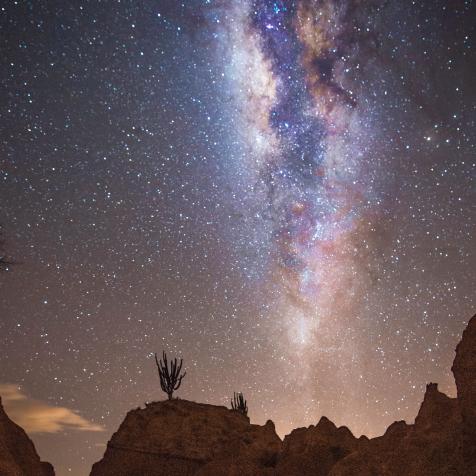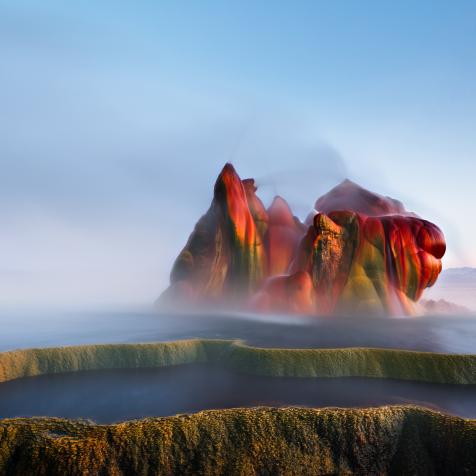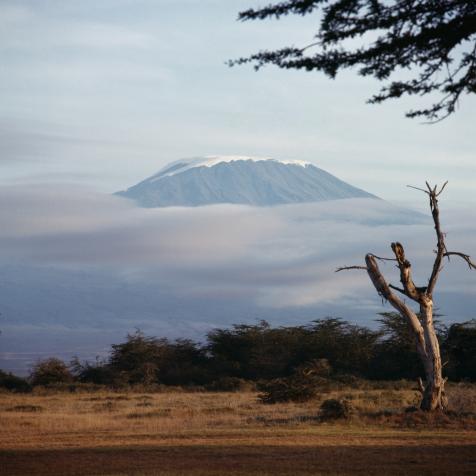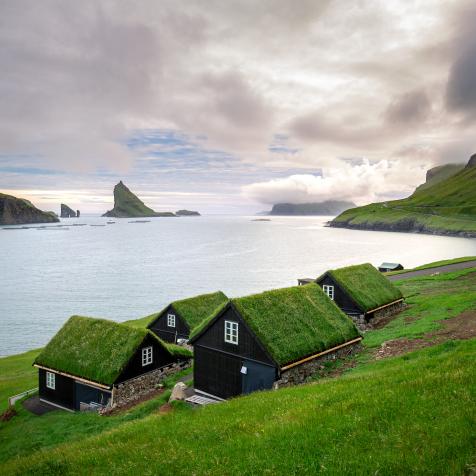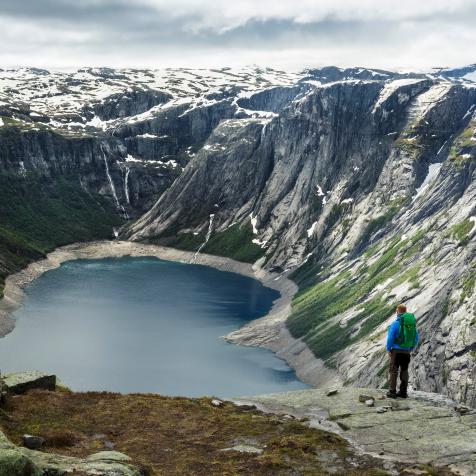
NurPhoto
Fantastic Fire Festivals Around the World
Fire has been known for its powerful renewal energy for centuries and is used in both ancient and modern rituals and ceremonies.
In mid-February every year, in the depths of cold winter, the Fire and Snow Festival ignites in the samurai district of Kakunodate in Japan.
Originally, this festival had its roots in a purification ritual, when farming communities would try to rid the evil spirits which plagued them. In modern times, some people still believe in this purpose, but the festival is now more of a community event. A sweet sake called amazake – made from fermented rice, with the consistency of oatmeal – is served up there, and it’s common to see igloo-like structures called Kamakura which are built as altars to the spirits. At the peak of the festival, participants light a basketball-sized rice straw ball that’s attached to a rope and whirl it above their heads, the flames mere inches from their bodies. The crux of the festival is purification by fire in the cold of winter.

NurPhoto
A 'Kamakura' snow hut with a candle and altar during the Hiburi Kamakura Festival in Kakunodate Town, Semboku, Akita Prefecture, Japan. The 400-year-old ritual takes place annually during the Lunar New Year season to drive away evil spirits from a rice field, to wish for prosperity, avoidance of diseases, and also for family safety.
Another fire celebration to take place in February is the Jeongwol Daeboreum Deulbli Festival in South Korea, which takes place on the island of Jeju. Although the festival is fairly new, having only been around for two decades, it goes back centuries to when local families would keep cows. To maintain the grass, farmers would set fire to the mountains to destroy old grass and kill harmful insects. Now, a hilltop is set alight to pray for health and a good harvest in the coming year – as well as a torchlight march, rock lifting, and a straw rope-making competition.

JOHAN ORDONEZ
A woman walks past dolls for sale in Guatemala City on December 3, 2015. The dolls were built to be fired during the "Quema del Diablo" festivity.
Over in Central America, Quema del Diablo, or ‘burning of the devil’ takes place in Guatemala, when the devil is driven from Guatemalans' homes and chased into the streets. By holding firework displays, bonfires, and burning devil effigies, locals believe they are cleansing themselves of bad spirits.

SOPA Images
LONDON, UNITED KINGDOM: Fireworks go off at Parliament during the annual celebration of Guy Fawkes night. Guy Fawkes Night is an annual celebration in memory of the Gunpowder Plot, an attempt to blow up the Parliament in London on 5th Nov 1605.
Perhaps the most famous fire ceremony of all happens across the pond in England. Guy Fawkes Night, also known as Bonfire Night is held on November 5 and goes back all the way to 1605. During the early 17th Century, a man named Guy Fawkes was arrested while guarding explosives in the House of Lords – the seat of Parliament. Fawkes was a member of the Gunpowder Plot, which was a group formed to blow up parliament and kill King James I. When the plot was foiled, Londoners lit bonfires around the city in celebration. The tradition continues until this day, except now there is an effigy of Guy Fawkes placed in the center of it, as well as unpopular politicians and banking figures. The most famous – and biggest – celebration is in Lewes in Sussex, also known as the bonfire capital of the world. Whole streets are shut down and tens of thousands of people take to the streets to watch the parades.











